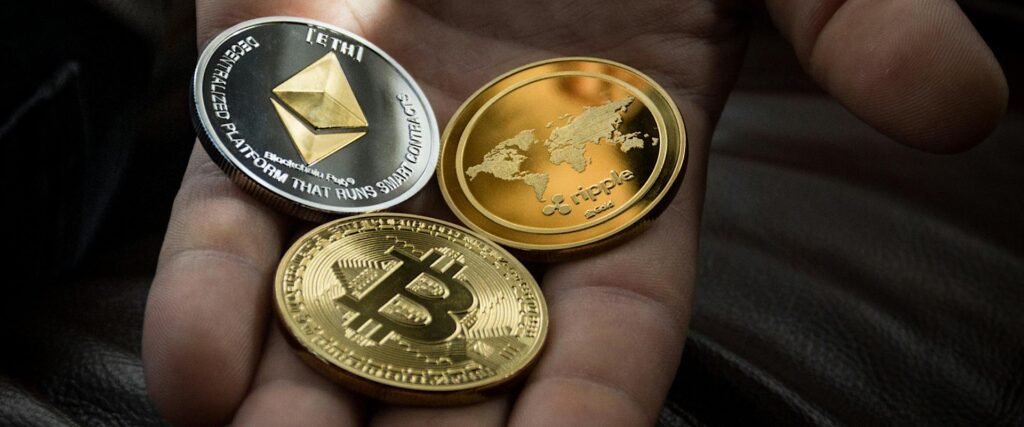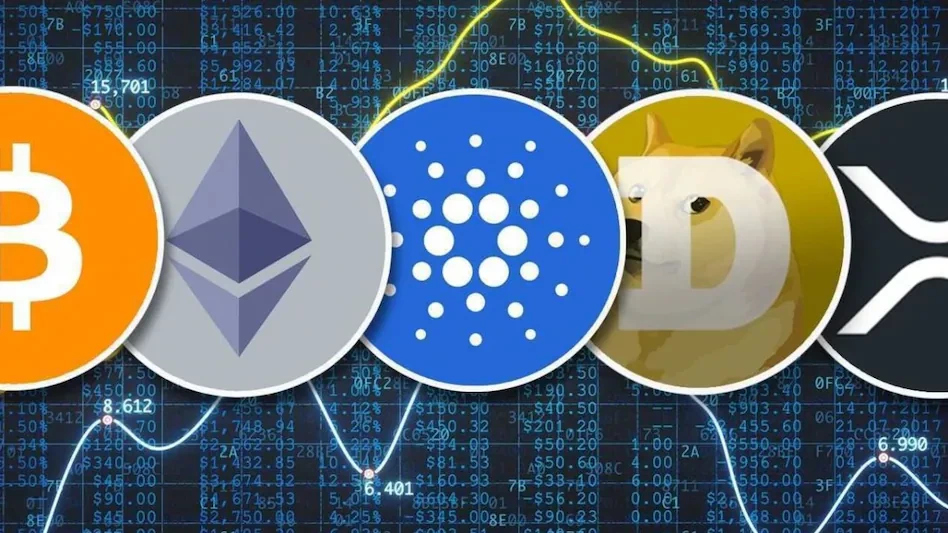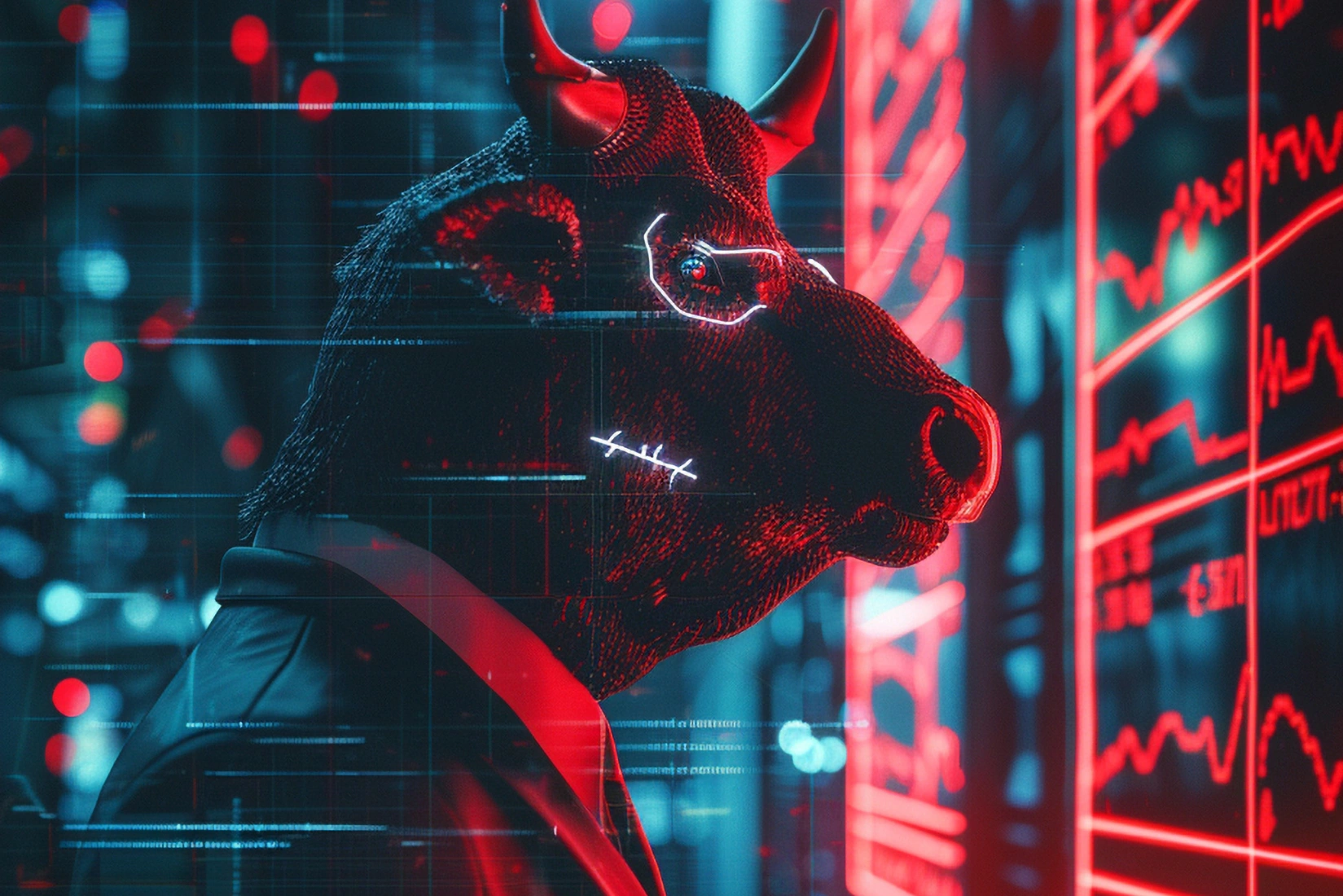So… What Exactly Is a Tokenized Real World Asset?
Let’s start simple. A real world asset (RWA) is just what it sounds like — something tangible. Think real estate, gold, art, or even a bottle of rare whiskey (yes, really). Now, imagine taking ownership of that asset and turning it into a digital token on the blockchain. Boom — you’ve got a tokenized real world asset.
It might sound like buzzword soup at first, but there’s some real meat on the bones of this idea. And it’s not just tech nerds who care anymore. Institutional investors, banks, even governments are poking around, trying to figure out how tokenization could change… well, everything.


How Real World Asset Tokenization Works
Here’s the idea in action: say you own a rental property worth $500,000. Normally, to invest in it, someone would need to cough up a huge amount of cash. But if you tokenize it — break it into, let’s say, 100,000 tokens — people can buy small pieces of it. Like buying shares of a company. One person buys 1%, another buys 0.5%, and so on.
These tokens live on a blockchain, making transactions fast, transparent, and pretty tough to mess with. And since they represent ownership in an actual thing (not just some meme coin), they carry real-world value. That’s a big shift.
Why Real World Asset on Blockchain Matter
It’s not just a tech gimmick. There are some genuinely interesting upsides here:
- Access – People who couldn’t afford to invest in big assets before can now own a piece. That $1 million apartment? You might own $100 worth.
- Liquidity – Traditional assets like real estate are super hard to sell quickly. Tokens can be traded 24/7, sometimes instantly.
- Transparency – Since it’s on the blockchain, all transactions are traceable. No hidden deals, no shady paperwork.
Of course, it’s not all roses. Regulations are… murky. Not every country agrees on how to treat tokenized assets. Plus, if the platform managing the tokens disappears, things could get weird. But we’ll get into that.


Are All Real World Assets Tokenizable?
Short answer: theoretically, yes. But in practice, some are trickier than others.
- Easy ones: Real estate, commodities (like gold), or fine art. These are established asset classes, and tokenizing them makes sense to a lot of people.
- Weird ones: Rare cars, vintage wine, or music royalties. These are also possible, but often come with valuation headaches and legal quirks.
And let’s be honest — some of it sounds like a stretch. Do people really want to own 0.002% of a Picasso? Maybe… or maybe not. The jury’s still out.
Tokenized Real World Assets vs. Traditional Investing
Traditional investing? Kind of old-school. You wire funds, fill out forms, wait days — sometimes weeks. Tokenized investing? A few clicks and it’s done. Plus, your digital wallet doesn’t close at 5 PM or take weekends off.
But hey, it’s not perfect. Some argue that it’s too fast — too easy — and that might open the door for uninformed investors jumping into stuff they don’t fully get. Education (and good regulation) will be key here.


Where’s This All Going?
Big players are already moving. BlackRock’s dabbling. JPMorgan’s testing tokenized collateral. Even governments like Singapore and the UAE are exploring tokenized bond platforms.
Still, it’s early days. The hype is real — but so are the challenges. Legal frameworks, custody of physical assets, cross-border rules… it’s a lot.
But if the wrinkles get ironed out? Tokenized real world assets could be one of the biggest financial evolutions of our time.


Final Thoughts: Real World Assets Are Going Digital — Are You Ready?
Real world asset tokenization isn’t some fringe idea anymore. It’s gaining traction, and fast. Sure, it’s still a bit of a Wild West out there, but the potential is hard to ignore.
Whether you’re a curious investor or just crypto-curious, understanding tokenized real world assets could be a smart move. The digital shift is coming — maybe sooner than we think.
Relevant Link : Here





